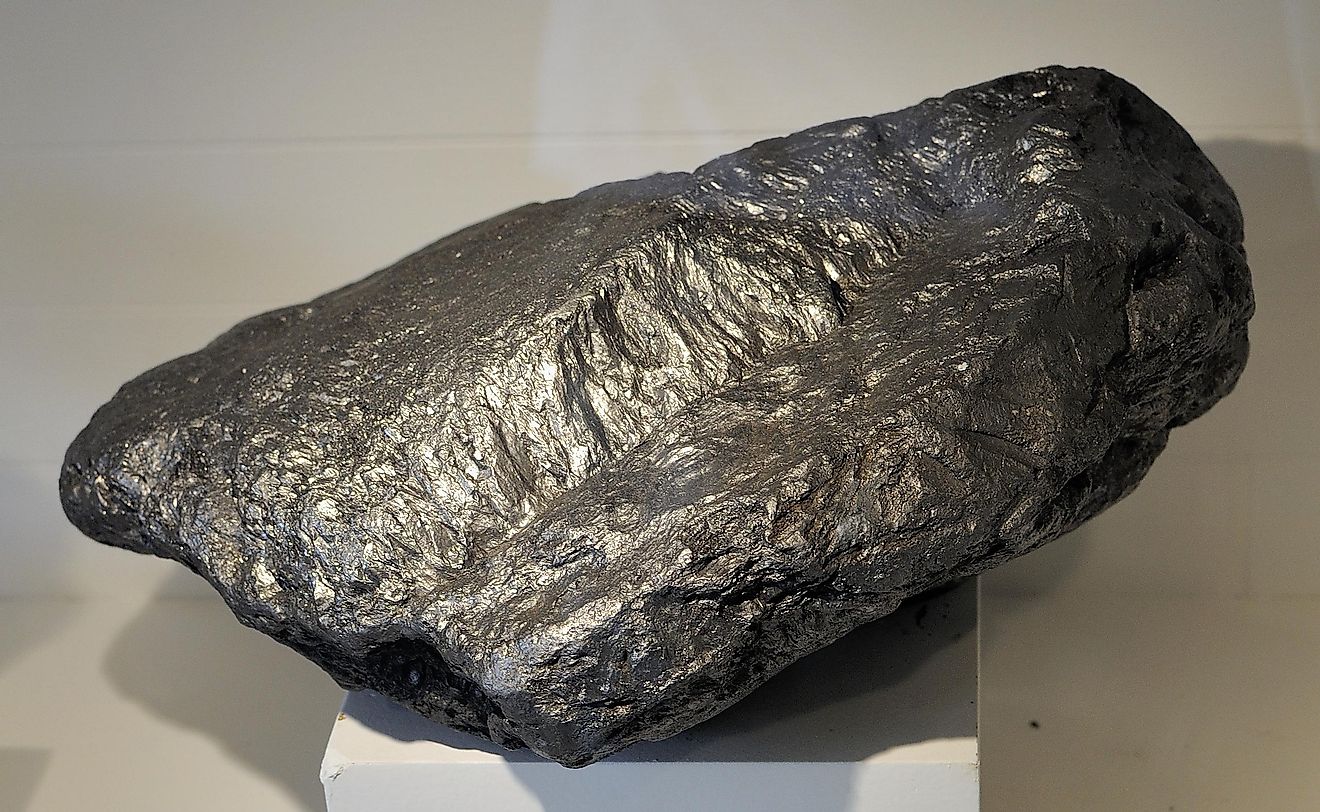Top 10 Graphite Exporting Countries

Graphite is a crystalline form of carbon and one of the allotropes of carbon. It is a semimetal and a native element mineral. Graphite is used as the standard state for defining the heat formation of carbon compounds, and it may be considered the highest grade of coal, despite being difficult to set on fire. Now that we discussed some of the basics of graphite we can discuss the process involved in exporting it.
Exporting Graphite: The Processes Involved
Extraction
There are two ways to extract graphite depending on the weathering of the graphite ore and how close it is to the surface. The first way is called open pit mining, which involves extracting minerals from a burrow. This technique is used when graphite is close to the earth and has a thin layer of surface material covering it. This process of extracting the graphite is either done via quarrying or borehole mining. Then it is brought to the surface via locomotives, shovels or carts to be processed. The second way is called underground mining, which is done when graphite that needs to be extracted is farther down in the ground. This method of extracting the graphite is either done via drift mining, hard rock mining, shaft mining or slope mining. In this process, graphite is brought to the surface via shafts or conveyors to be processed.
Processing
The first step in processing graphite is called powder preparation in which the graphite and other raw materials are loaded into raw material silos. The graphite and raw materials are then pulverized and crushed and have to go through screening. Then the resulting powder is blended with a binder, like coal tar pitch. The second step is called shape forming in which the resulting carbon powder and binder is compacted via one of the multiple shape forming techniques. The third step is the baking process in which the compacted parts are baked in a furnace in the absence of air. This results in the thermal decomposition of the binder and the binding of the powder particles. The final step in processing graphite is called graphitization. The baked and shaped part are treated under exclusion of air at extremely high temperatures. This results in the crystallization of the precursor carbon parts into crystalline graphite and purified the graphite.
Shipping
Most graphite is transported via the water, usually by large ocean freighters since it is in large shipments with other materials. If the shipment is smaller it is transported by general freight. Inside countries movement of graphite is done by barge, rail or truck depending on the point of origin and final destination. Transporting graphite can be messy and much precaution has to be taken. Graphite containers must be lined with plastic if transported barrels or doubled with a plastic interior in bags. Graphite can be an expensive mess to clean if it leaks in a cargo container and can taint other cargo.
Uses
The most well know object that graphite is used in is pencils, however, graphite has many other uses. Graphite is used in refractories, batteries, steel-making, brake linings, foundry facings, foundry lubricants and more. Synthetic graphite is used in electrodes, neutron moderators, fishing rods, pool cue sticks, plastics, bicycle frames and more. As one can see graphite is used in many aspects of our lives and every country would use graphite in some form.
The Importers of Graphite
According to Observatory of Economic Complexity (OEC), there are three countries that by far import the most graphite. Japan, the United States of America and Germany import 47% of the world's graphite. South Korea is behind them at 6.6% and no other country imports more than 5% of the world's graphite. The biggest users in other regions are Colombia in South America (0.44%), Mozambique in Africa (0.27%) and Australia in Oceania (0.23%).
Top 10 Graphite Exporting Countries
| Rank | Country | Natural Graphite Exports in 2015 (USD) |
|---|---|---|
| 1 | China | $246,377,000 |
| 2 | Brazil | $29,406,000 |
| 3 | Germany | $24,759,000 |
| 4 | United States | $21,923,000 |
| 5 | Japan | $18,341,000 |
| 6 | Canada | $13,945,000 |
| 7 | Slovakia | $12,205,000 |
| 8 | North Korea | $11,020,000 |
| 9 | Netherlands | $9,525,000 |
| 10 | Austria | $6,286,000 |











